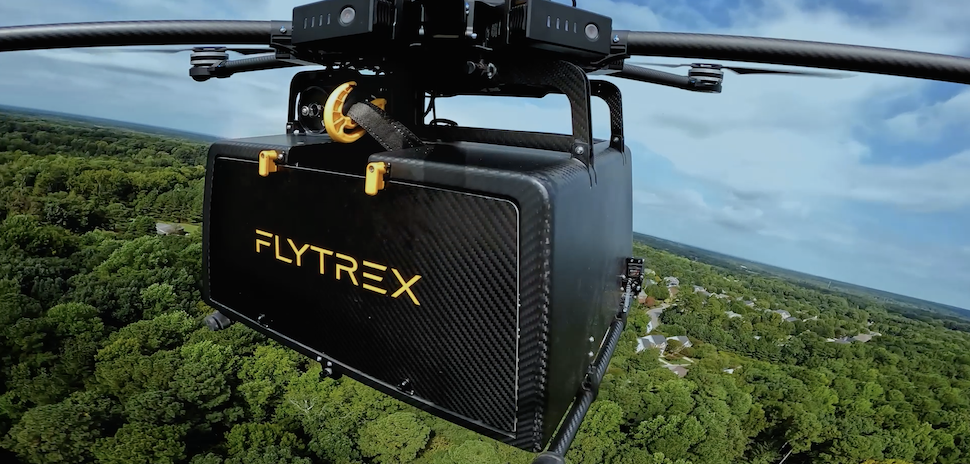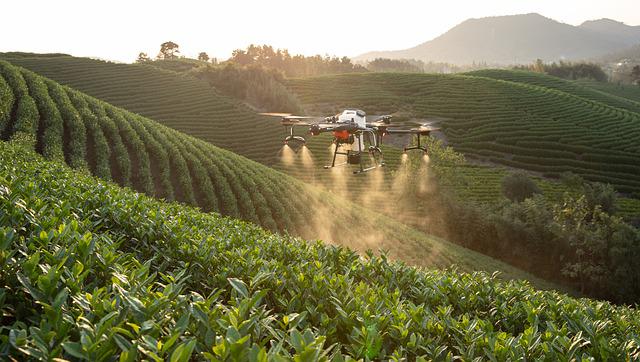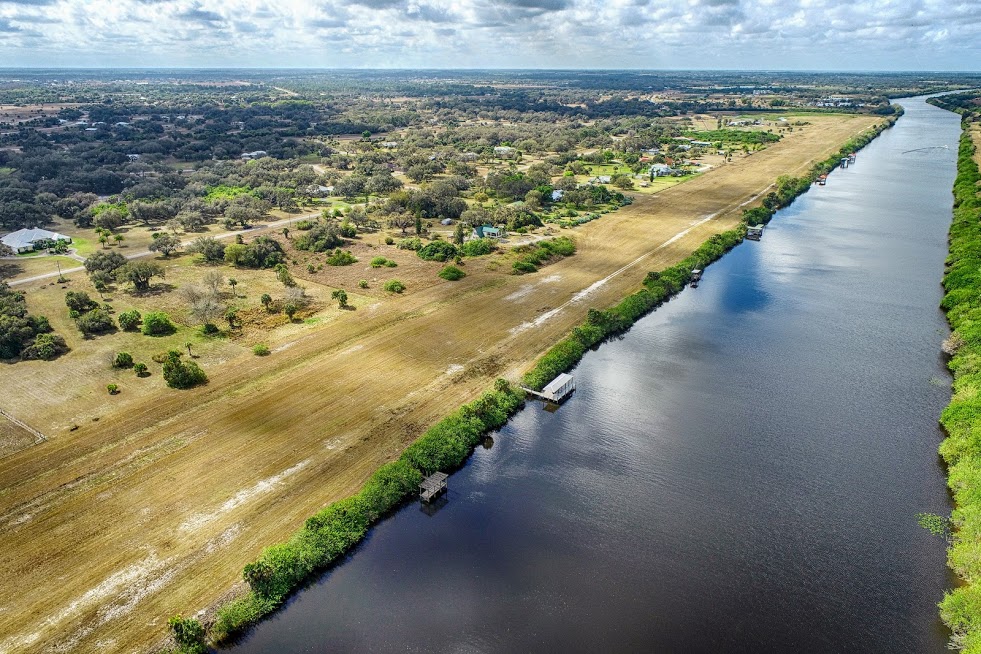
The Hunter is an unmanned aerial vehicle used by the U.S. Army to gather intelligence and target enemy forces. This combat-proven drone has served in service since 1995. It was deployed in Republic of Macedonia for its first operational deployment. In its 7-month operational span, the Hunter flew over four thousand hours. Its significant operational success in Kosovo led to the resumption of production. It was also deployed in Iraq, where it was used to combat ISIS with Viper Strike munitions.
MQ-5B Hunter
The MQ-5B Hunter, an upgraded version of the MQ-5, is the MQ-5B Hunter. The aircraft has a twin tail-boom design, heavy-fuel engines, and weapons-capable hard points. The MQ-5B Hunter's gross take-off weight is 1800 pounds. It can fly at 22,000 feet. It can perform missions for up to fifteen hours. The aircraft can carry two Viper Strike guided Bombs and has a relay mode to control Hunter aircraft. This aircraft can also travel up to 80 miles making it ideal for scouting missions.
The MQ-5B Hunter has the most advanced avionics of any DoD UAV. The aircraft features a PC-based mission computer and an auxiliary power distribution (GCS), GPS units, as well as a Litton LN-251 Inertial Navigation System. The aircraft's advanced electronic avionics system allows it to reduce its weight and size as well as power consumption. It can perform multiple missions at once.
Endurance Hunter (E-Hunter) RQ-5A
The Endurance Hunter is an unmanned tactical aerial vehicle. It flew its first flight on March 17, 2005. The aircraft is a joint effort between Northrop Grumman (USA) and the US Army. Its mission is to extend the endurance, payload capacity and range of the Hunter UAV. It will be sold as a field-installable package. Currently there are 50 Endurance Hunter RQ-5As.

The Hunter is capable carrying Northrop Grumman’s BAT-submunition. This weapon has decimated an MBT Combat Vehicle and incapacitated the moving T72 tank. The Hunter was also able to successfully carry the Viper Strike precision munition. It has a 1.8kg (4lb) warhead as well as a semi-active laser seekers. It is a fixed-wing, dual-rudder aircraft with a six-hour endurance rating and a flight time of over 100 hours. The RQ-5A's propellers are two Passaggio Guzzi diesel engines, each producing 60hp.
Army One System ground control station
The Army is working towards a universal ground control system for unmanned aircraft vehicles (UAVs). It's becoming possible to buy hundreds of inexpensive, high-performance UAVs from many manufacturers to have complete aerial coverage of the battlefield. However, each UAV is unique, with a unique controller, vehicle, receiver, and screen. The Army created the One System program to address this problem. One System ground control is one step in this direction. This Spotlight article will examine the concept of One System and its current reach as well as future technology initiatives.
The One System platform was initially designed for the RQ-7 Shadow TUAS from Textron. However, it's now capable of supporting multiple UAVs, including the Northrop Grumman RQ-5 Hunter. It also supports the RQ-2 Pioneer and AAI's Aerosonde, as well as the RQ-8 Fire Scout helicopter UAV. Both the One System ground command station and the ground station are powered by Windows and Sun Solaris and communicate using an antenna and an analog informationlink.
Viper Strike anti-armor munitions integration
Northrop Grumman has awarded a contract to purchase multiple GBU44/E Viper Strike antiarmor armed unmanned aircraft vehicles. These munitions, which will be integrated on KC-130J Harvest Hawks, will use the most current software load to increase their effectiveness against time-sensitive targets. Viper Strike a GPS guided laser-guided variant for the BAT weapon.

Viper Strike anti-armor armour is a gliding weapon capable of precision stand-off attacks. The GPS-aided navigation system combined with semi-active Laser Seeker allow for precise strike and low collateral damages in urban areas. It is an effective option for a Hunter UAV and can be used against a variety targets.
FAQ
Are drones permitted at public events?
The rules are not required for drone flying. If you intend to fly your drone at a public event, such as a parade or festival, you will need permission from the organizers.
How can I keep drones off my property?
Drones have become increasingly popular for home surveillance. But they also pose a security threat to privacy. You can prevent drone attacks by installing motion sensors around your home and using them to detect any unauthorised flying objects.
What kind of batteries does a drone use?
Most drones use lithium-ion batteries. The typical drone draws between 3 and 6 volts.
Can I fly my drone within my local park
Yes, drones are allowed to fly in parks across the globe. However, there are some countries that prohibit drone flying in parks. Our list contains places where drones are legal to fly for enjoyment.
Is the FAA able to regulate drones?
The FAA supervises all aspects related to drone operations, including certification requirements and safety standards.
What are the rules regarding drone operation?
The FAA will require you to register your drone. This registration involves information such as the weight, size, battery capability, and operating frequency. This registration process requires that you obtain an FAA identification code.
Is it illegal for a drone to be flown?
Yes, flying drones is illegal in some countries such as Australia, Canada, Germany, Japan, New Zealand, Singapore, South Korea, the United Kingdom, and the United States. However, it is legal in other countries like France, Italy, Netherlands, Poland, Russia, Switzerland, Turkey, Ukraine, and Vietnam.
Statistics
- Research and Markets predict a growth rate of 51.1% over the next five years. (thedroneu.com)
- According to Indeed, a drone pilot gets paid $25.73 per hour on average in the US. (dronesgator.com)
- According to industry research from ZipRecruiter , there are 10 cities where the typical salary for a Drone Pilot job is above the national average. (dronesgator.com)
External Links
How To
How To Fly Drones For Beginners
A drone refers to a remote-controlled aircraft designed for aerial photography, surveillance and scientific research. The technology behind drones has been around since World War II. DJI's Phantom series of quadcopters was the first to be commercially used. From beginner-friendly drones such as Parrot AR Drone 2.0 through professional-grade multirotor craft like DJI Mavic Pro, many types have been available.
There are many ways to fly a drone.
-
Remote control - This allows you to control the drone from your hand. There are two main types of controllers: On/Off switches (like a radio) and joysticks.
-
Manual Control- This allows you to control your drone remotely via GPS coordinates. The app will give you instructions.
-
Autonomous Flight: This means that the drone will take care of all the piloting. It is basically flying autonomously and without human intervention. A drone must have a builtin camera and sensors capable to capture images and other data.
-
Triggered flight - This is similar to manual control except that the pilot sets up a preprogrammed route and the drone follows the route until it reaches its destination. After the program is complete, the drone automatically returns to the ground.
-
Landing Gear – Some drones are equipped with landing gear, which allows them to safely land if they lose power during flight.
-
Goggles - Pilots may wear goggles to shield themselves from flying debris.
-
Camera - Certain drones come with cameras that allow you to take photos and videos from high above.
-
Obstacles - Some drones can be equipped with obstacle avoidance systems that prevent them from crashing into obstacles.
-
Speed - Some drones can travel at speeds over 40 mph.
-
Battery Life - Most drones last between 20 and 3 hours depending on how much power they have.
-
Distance - Some drones can travel up 30 miles depending on the model.
-
Power source - Some drones require an external power source; others work off internal batteries.
-
Weight - Some drones weigh less than 1 pound, whereas other models weigh up to 4 pounds.
-
Size - Drones range from small devices that fit in one's palm to large crafts that weigh more than 50 pounds.
-
Price - Drones come in a variety of price categories, including high-end models which can run into the thousands and low-cost options that can start at $100.